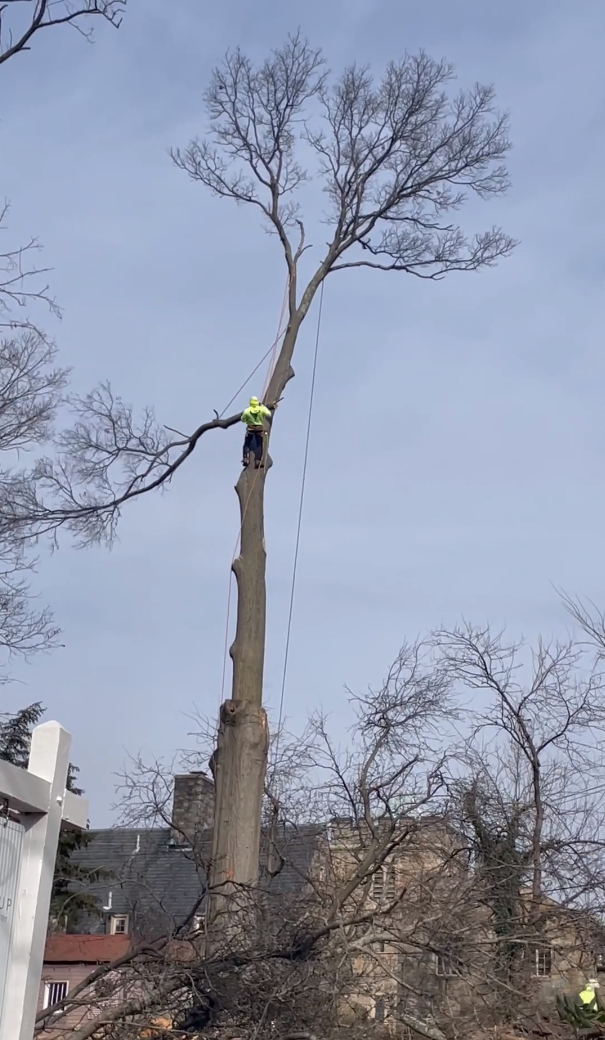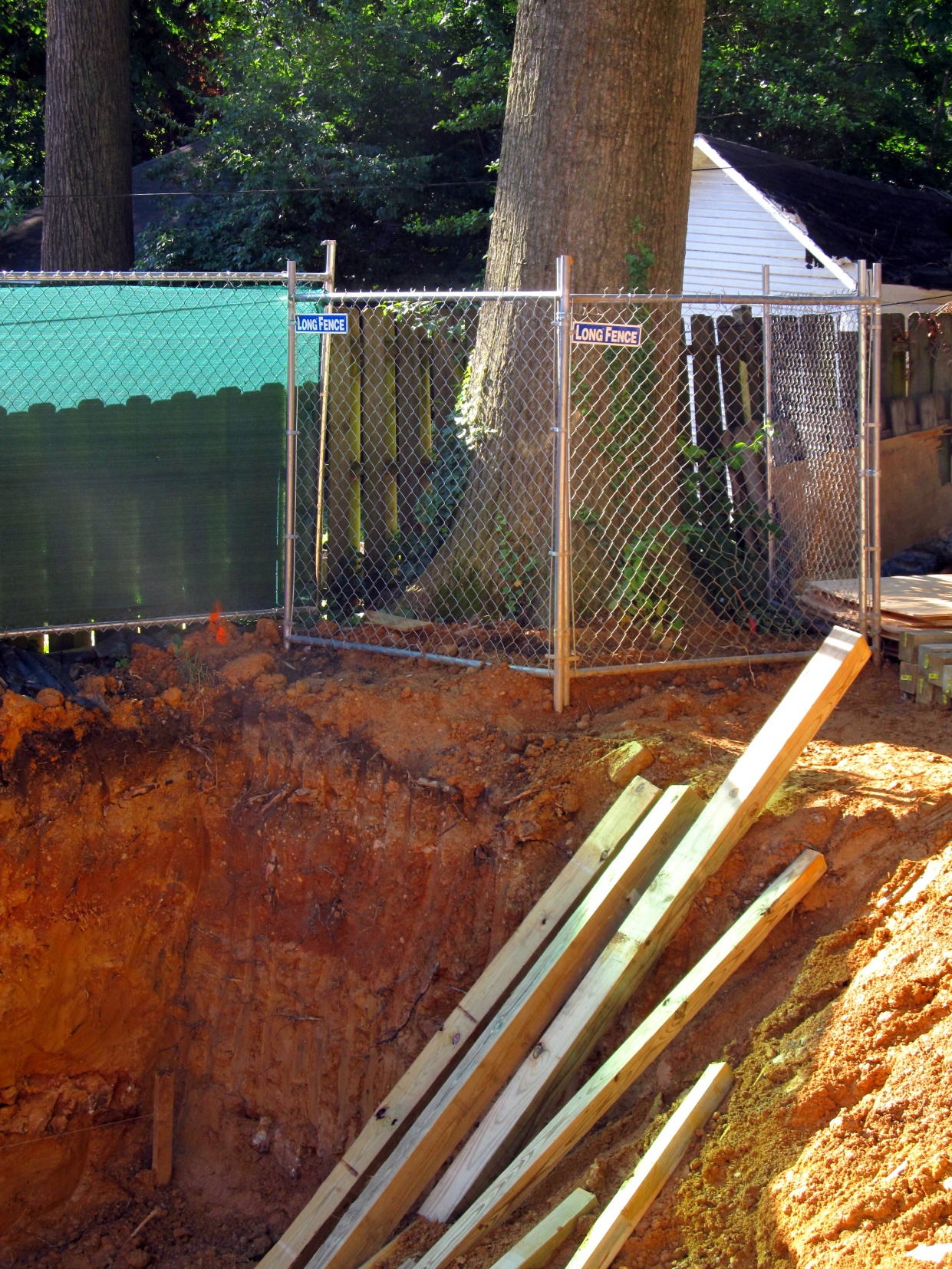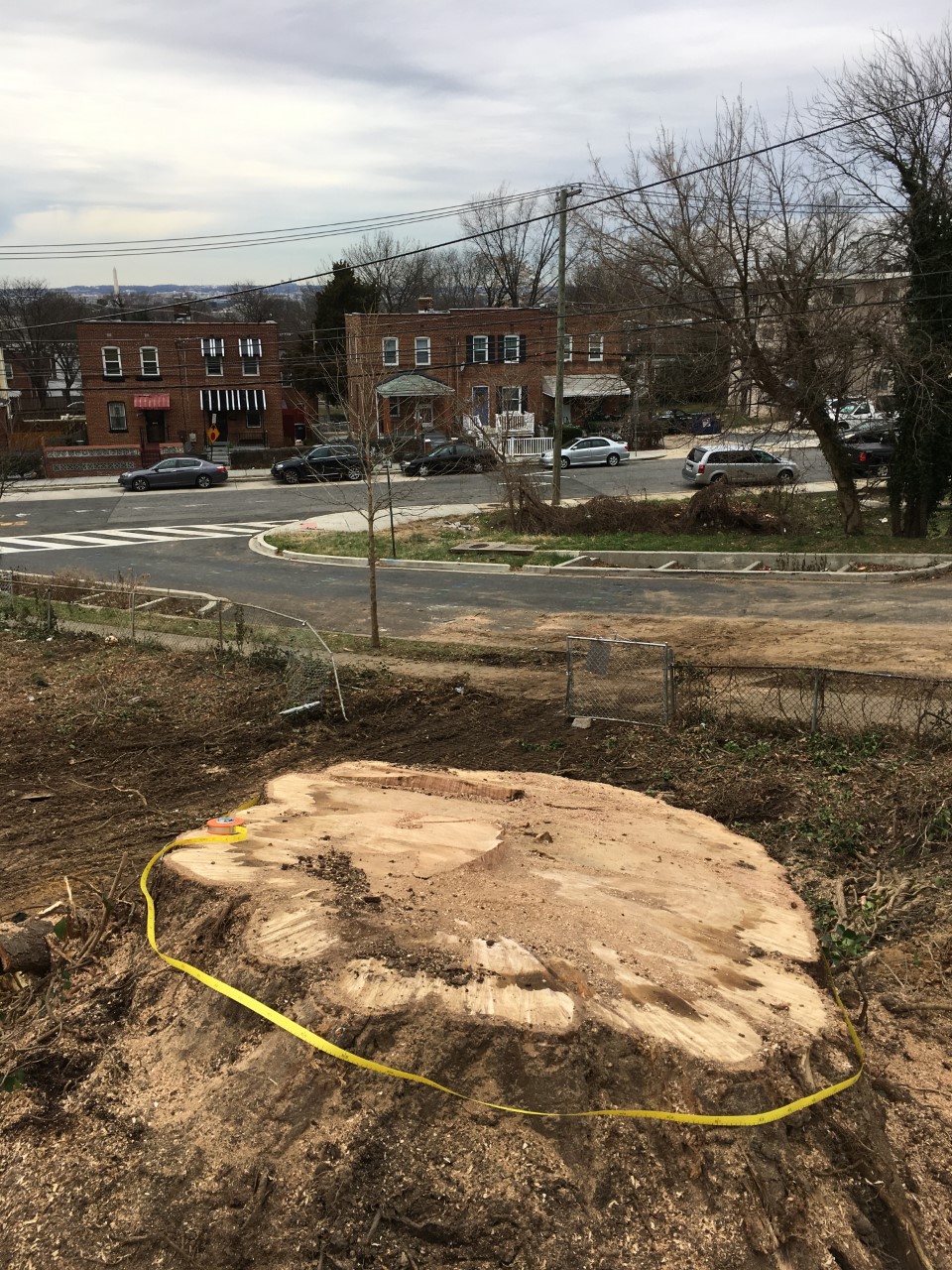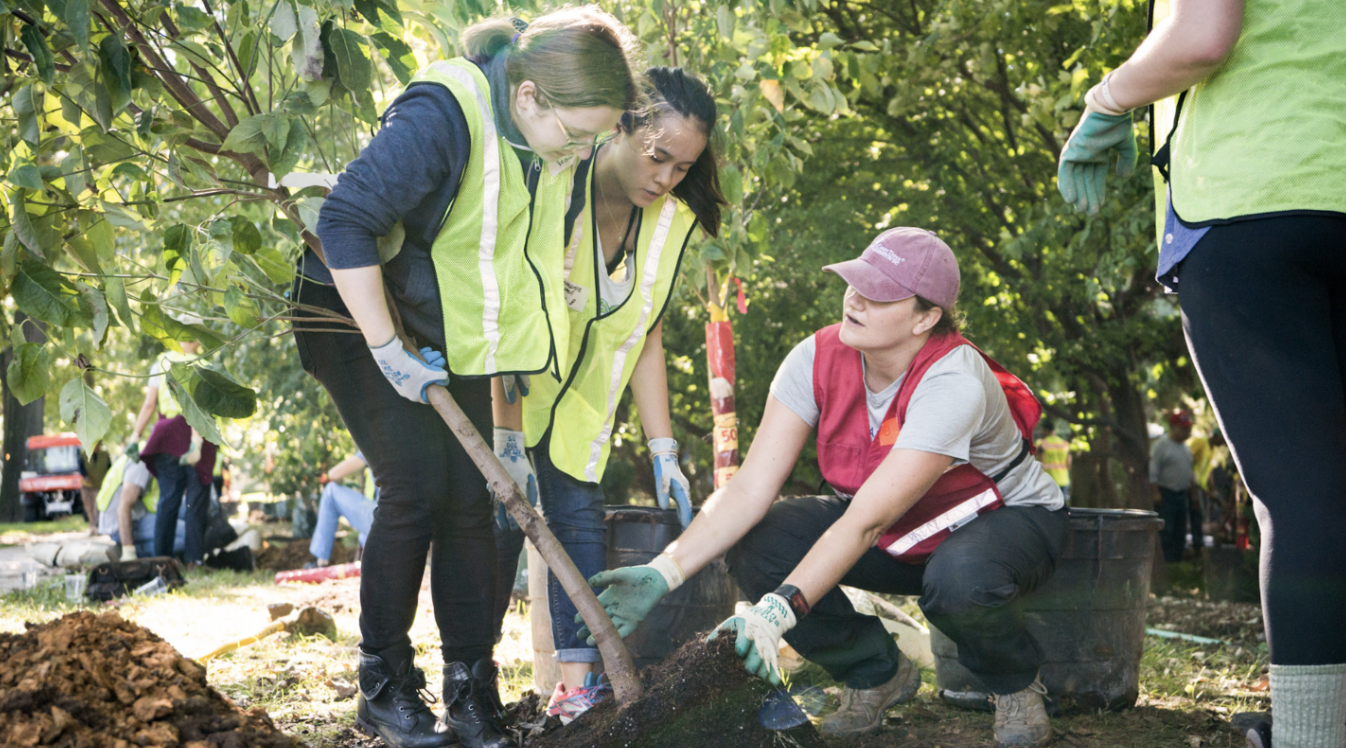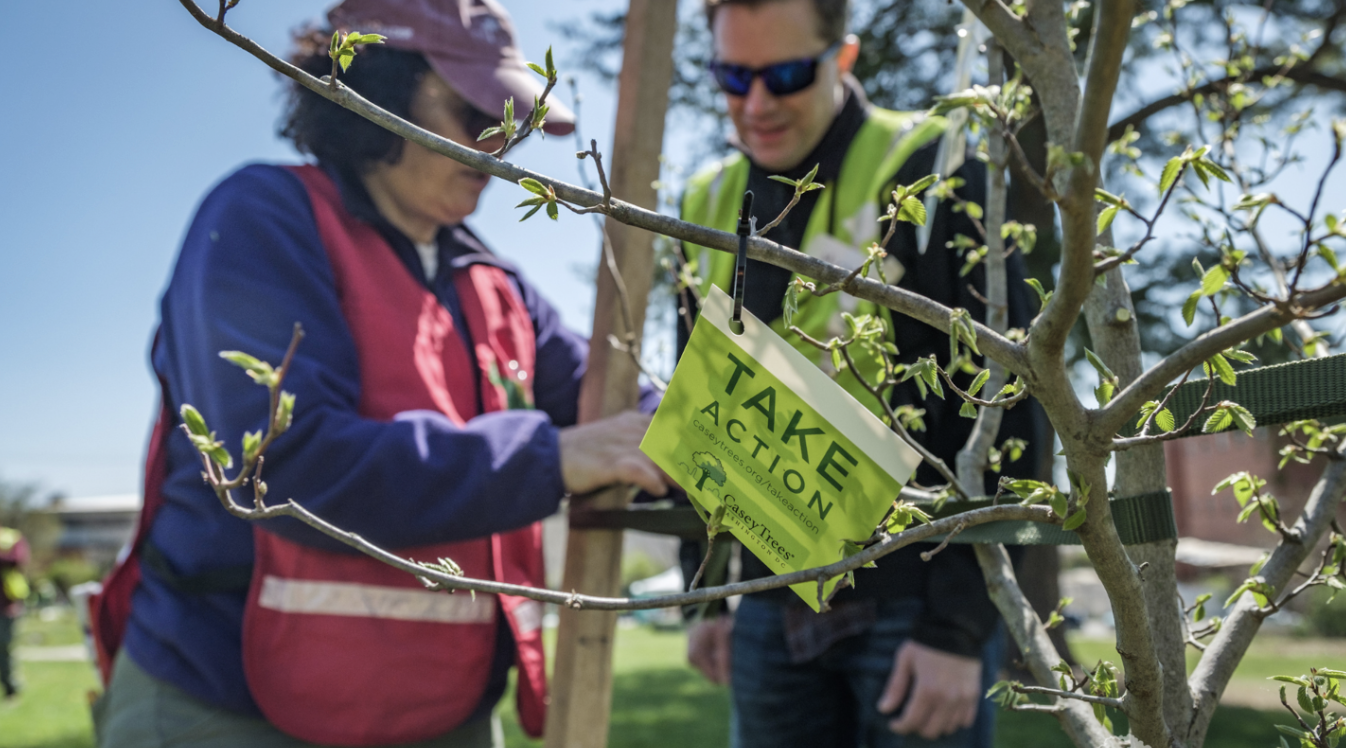Spotlight: Absence of a Regional Canopy Goal
Often the best way to generate results is to set a purposeful goal. In 2008 only 4,000 trees/year were being
planted in the District of Columbia. Casey Trees set a canopy goal of 40% by 2032, which was linked to an annual
planting target of 8,600 trees/year. Then, in 2013 the DC government set a more ambitious canopy goal,
increasing the tree planting target to 10,500/year. Planting numbers have remained strong ever since.
The Metropolitan Washington Council of Governments (MWCOG) was established to develop solutions to shared
regional problems facing its 24 member governments in Maryland, Virginia, and the District of Columbia. In 2018,
MWCOG
published a tree canopy strategy document*, but failed to establish a
regional canopy goal to guide and inspire its members as they grapple with the loss of their trees and
forests.
Casey Trees urges MWCOG to track and publicize regional canopy data more systematically, and most of all,
to set a regional canopy goal for its members to work toward.
*See page 17 for a list of recommendations to preserve and enhance the regions trees and forests
Canopy Loss by County 2014-2018*
| County |
Canopy 2018 (%) |
Canopy Loss 2014-2018 (%) |
Canopy Loss (Acres) |
| Fairfax |
53.6 |
0.3 |
633 |
| MOCO |
45.5 |
1.8 |
5838 |
| PG |
50.4 |
2.2 |
6997 |
| DC |
37.0 |
1.0† |
565 |
*Chesapeake Conservancy Land Cover Data Project, preliminary 2018
data.
†Data is from 2015-2020
DC Metro Area Canopy Cover
Use the map's zoom feature to see canopy cover for DC and smaller jurisdictions.
Tree canopy figures are as reported by each jurisdiction in the indicated year, and may differ from Chesapeake Conservancy data due to variation in analyses.


